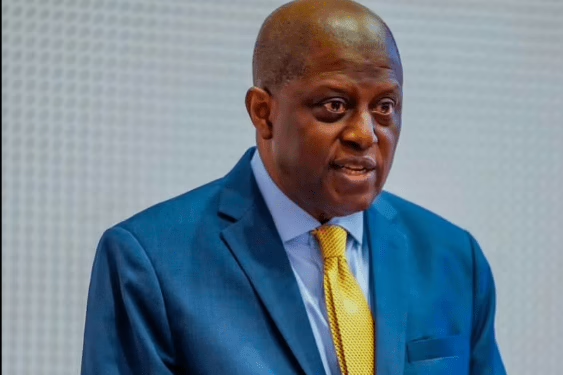Between January and August 2025, Nigeria allocated $2.86 billion towards servicing its external debt, as reported by the Central Bank of Nigeria (CBN) through international payment statistics released on Wednesday. This amount accounts for 69.1% of the nation’s total foreign payments, which stood at $4.14 billion during the same timeframe.
When compared to the corresponding period in 2024, Nigeria’s debt servicing expenditure was $3.06 billion, representing 70.7% of the $4.33 billion total foreign payments. Although the 2025 figure is $198 million less than that of 2024, debt servicing continues to consume a significant portion of Nigeria’s foreign currency outflows, with nearly seven out of every ten dollars spent abroad directed towards debt obligations rather than trade or capital investments.
Fluctuating Monthly Debt Payments
Analysis of the CBN data reveals considerable variability in Nigeria’s monthly external debt payments throughout 2025:
- January 2025: $540.67 million, slightly below January 2024’s $560.52 million.
- February 2025: $276.73 million, a marginal decrease from $283.22 million in February 2024.
- March 2025: $632.36 million, more than doubling the $276.17 million recorded in March 2024.
- April 2025: $557.79 million, significantly higher than April 2024’s $215.20 million.
- May 2025: $230.92 million, a steep decline from $854.37 million in May 2024.
- June 2025: $143.39 million, nearly three times the $50.82 million paid in June 2024.
- July 2025: $179.95 million, down from $542.5 million in July 2024.
- August 2025: $302.3 million, slightly exceeding the $279.95 million from August 2024.
The monthly debt servicing pattern is notably inconsistent, with payments dropping from $540.67 million in January to $276.73 million in February, then surging to $632.36 million in March, followed by further fluctuations through the subsequent months.
This persistent dominance of debt servicing in Nigeria’s foreign payments underscores the country’s fiscal fragility. Despite a reduction in absolute debt service costs compared to the previous year, these obligations remain the largest drain on foreign exchange reserves, limiting funds available for essential imports and investment projects.
Experts highlight that this trend reflects deep-rooted challenges in Nigeria’s revenue generation capacity and its reliance on external borrowing to finance budgetary needs.
According to Fitch Ratings, Nigeria’s external debt service is projected to increase from $4.7 billion in 2024 to $5.2 billion in 2025. This includes $4.5 billion in principal repayments and a $1.1 billion Eurobond maturity scheduled for November 2025. The agency anticipates a reduction in debt service to $3.5 billion by 2026.
Fitch also pointed to a delayed Eurobond coupon payment in March 2025 as indicative of ongoing challenges in managing public finances. While Nigeria’s debt servicing burden remains moderate on a global scale, the combination of weak revenue collection and high interest expenses poses significant risks to fiscal stability.
The rating agency forecasts that general government debt will hover around 51% of GDP during 2025-2026, with government revenues expected to average only 13.3% of GDP over the same period. Interest payments are projected to consume more than 30% of total government revenue, and for the Federal Government alone, this ratio could approach 50%.






















